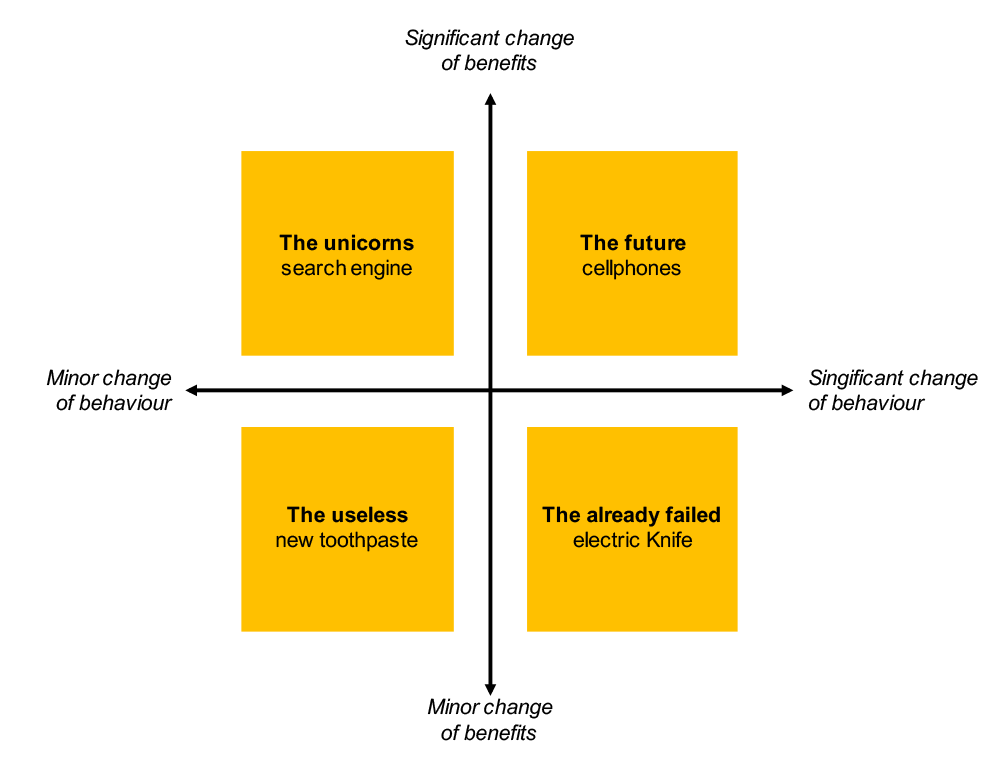A fundamental debate is happening on the future of marketing with every few years a new medium coming up. There is a constant shift in channels used by consumers and adapt new tools to reach them and for some reason come up with a new term every few years. Think Search Marketers, Social Media Marketers, Digital Marketers, Mobile Marketers, Content Marketers and now Growth Hackers. On the other hand, the products that are being launched by businesses are changing, but not really as fast as the mediums in which they can be launched. This raises a question whether these new titles on business cards and LinkedIn profiles highlight a new business need or just a renewed skill and toolset of the marketing professional.
Sean Ellis coined the term growth hacking in 2010 to address a new breed of unknown and unnamed hybrid marketer-coder who bring products to market with and build a sustainable client growth for the business. On the other hand, Gutenberg developed the metal movable type back in 1450 which eventually lead to mass-production of flyers and brochures thereby creating a new medium through which marketers could inform consumers about new products. For the first time in human history one could combine his writing skills with a distribution method that would help them inform and convince millions with little effort. While there might have been a discussion on this, we really don’t recall anybody from history being called Movable Type Marketers. Exactly 565 years later we are having the same discussion, because groups of people are combining digital marketing skills with data and coding skill into a package so unique, so brilliant that we need a new name for this.
But what does a marketing team for a high growth company actually do (read growth hackers)? They develop referral programs, optimise sites for search engines, run email marketing automation programs, develop API integrations which give consumers and other businesses the tools and motivation to drive the growth of the company.
An established brands’ marketing team focuses on keeping or changing brand recognition, preference and consumer behavior. None of these are constants as consumers forget, competitors launch new products and the environment keeps changing similarly to what a startup is witnessing.
In essence, both specialists are trying to convince people change their behaviour, and in both cases forcing new habits to consumers will require an investment. Whether that budget is allocated to advertising, hiring new team members to manage social media, developing new features, marketing or something is irrelevant.
What are you asking the consumer?
So what does marketing need to accomplish in general? The bare minimum marketing program for any product and service would be to highlight benefits while decreasing the cost of the change. If we look at the general picture what we’re asking is either a small or large change in behavior in exchange for some benefits gained.
 Changing your toothpaste or your cereal brand takes very little effort, but making that change barely betters our lives in. Any brand extension, a new me too products are all examples of the useless category.
Changing your toothpaste or your cereal brand takes very little effort, but making that change barely betters our lives in. Any brand extension, a new me too products are all examples of the useless category.
Some products will have failed even before they have been launched. Electric knives, Colgates’ line of food called Kitchen Entrees, bottled water for pets (ThirstyDog!) might have seemed like a good idea at the time of their inception, but it’s apparent that the degree of change in consumer behavior (e.g. going out to buy a bottle of water instead of using the tap) far outweigh the benefits gained by doing so (being sure that don’t kill your pets with tap water).
Products and services in the future category take years to adopt, but also result in a significant difference in benefits. Adaptation of the cellphone enabled us to communicate across geography like never before with human being in possession of the same technology. But reaching that network effect took years.
The unicorns (and yes, this term is overused) however demand minimal change from us. Basically we need to just choose one product over the other in order to enjoy a giant leap in getting more out of it. Google is a prime example here, which was by far not the first search engine, but a significantly better one. Changing required nothing else than just in a new address.
So what are you selling? Is it the Facebook 2, pet water, holographic video, nut flavored crackers? While any business can be considered a start-up, there is a huge difference on how we approach marketing here. Come here growth hacker and let us take a look at how we could launch these products. What? You wouldn’t want to launch nut flavored crackers? People are not using referral forms to buy into holographic video? Can’t produce an API for bottled water? Tough cookie.
Who is a marketing professional?
Marketing has been defined as management process responsible for identifying, anticipating and satisfying customer requirements profitably (Chartered Institute of Marketing, 1976). A professional by definition is somebody participating for livelihood in an activity or field of endeavor often engaged in by amateurs. So a marketing professional should be considered as someone who identifies, anticipates and satisfies customer requirement profitably for a living with a skillset developed over years of practice and/or academic preparation.
But can your average marketing professional actually do what start-up marketing teams do? There is a significant digital skill gap on the marketplace with about 55% of UK marketers struggling with using data to optimize campaigns and 32% with basic usage of marketing technology (E-Consultancy 2015 Marketing Painpoints). Tough cookie again. Not really, not by a longshot. Not possessing a digital skillset puts many marketing professionals out of the startup marketing game of identifying or satisfying customer requirements.
Most startup teams are growth marketers are very technology oriented and growth hackers born out of engineering don’t really possess basic marketing skills. These skills should not be confused with the knowledge you gain by being a consumer yourself, but the skills of carrying meaningful research, discovering consumer insights and creating and delivering persuasive messaging. If you can’t explain why you bought that iPhone 6, why you really-really want that Oculus Rift besides it being “cool” or what is the core trend behind hipster coffee shops, then there is a chance you lack the knowledge and skills a marketing professional might have.
Its hard to calling anybody who doesn’t know anything about marketing a “growth hacker” same as I would object to calling anybody a “marketing professional” if they know nothing about digital marketing. So why don’t we call growth hacking a set of techniques employed by both the professionals and the amateurs alike with the degree of success depending on the type of innovation marketed.



